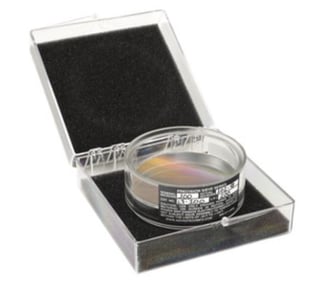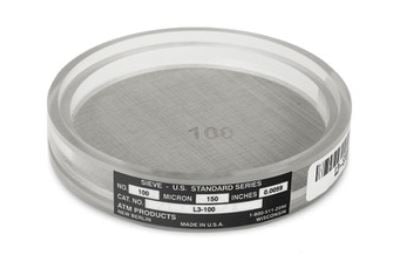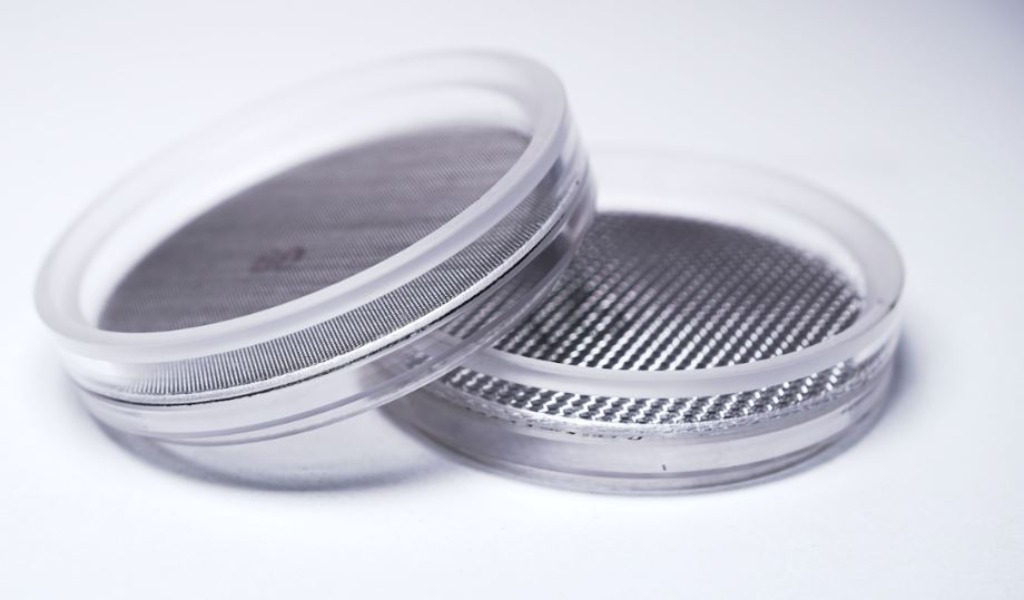Precision Sonic Sieves vs. Standard Sonic Sieves: Which Should I Use?
No matter your industry, obtaining dependable particle size analysis results is key to manufacturing quality products. While traditional mechanical sieve shakers, such as the RO-TAP RX-29, are the gold standard in particle analysis, sonic sifters were created to accommodate finer particles.
But since its creation in the 1970s, the test sieves accompanying sonic sifters have evolved alongside the device. There are now both standard sonic sieves and precision sonic sieves available to ensure you yield accurate and repeatable results.
But how do the two compare? Which one is right for you?
W.S. Tyler has strived to make the world a cleaner, safer world through the power of particle size analysis for over 150 years. Our mission is to leverage the experience within our four walls to help you furnish your lab with equipment tailored to your needs.
For that reason, this blog post was written to break down the key difference between precision sieves and their traditional counterparts. You will learn the following:
- The definition of a precision sonic sieve
- The components of a precision sonic sieve
- The definition of a standard sonic sieve
- The components of a standard sonic sieve
- How precision sieves and standard sieves compare
What Is a Precision Sonic Sieve?
A precision sonic sieve is a 3-inch acrylic sieve that, instead of woven wire mesh, employs a highly precise electroformed mesh screen to separate material. The electroformed micron precision mesh allows for the testing of dry, free-flowing material from 20 to 3 microns.

While they have helped labs achieve dependable results for years, it should be noted that the electroformed mesh screen makes these sieves extremely delicate. This requires you to handle precision sieves with extreme care.
This includes limiting sample sizes, avoiding touching the mesh with your hands, and using vigilant cleaning methods.
Read the following article for more information about maintaining and handling a precision sieve:
What Are the Key Components of a Precision Sonic Sieve?
All precision sieves are outfitted with a transparent acrylic frame. This allows you to monitor particle movement, making adjustments to ensure an accurate and efficient testing experience.
That said, there are two ways in which the electroformed mesh can be delivered.
Typically the mesh comes as a single layer sandwiched and epoxied between the two frame pieces. However, for more stability, a supportive frame can be implemented alongside the electroformed mesh.
What Is a Standard Sonic Sieve?
A standard sonic sieve is a 3-inch acrylic sieve that utilizes a standard plain square weave wire mesh that is woven to ASTM E-11/ISO 3310-1 standards. As the pore openings of the wire mesh aren't as fine as the malformed mesh used in precision sieves, standard sieves are ideal when testing particles ranging from 20 microns to 5.6 mm.

Other than the acrylic frame, these sieves are similar to the 8- and 12-inch test sieves used with a mechanical sieve shaker. That said, the wire mesh used in standard sieves is only woven with stainless steel.
What Are the Key Components of a Standard Sonic Sieve?
Much like precision sieves, standard sieves are outfitted with an acrylic frame. Again, this is to allow you to view how well your particles are moving through the sieve stack, making adjustments as you go.
Unlike precision sieves, however, the structural integrity and durability of woven wire mesh eliminate the need for supportive backing in most applications.
What Are the Differences Between the Two?
Both the L3P Sonic Sifter and VariSifter can house either a stack of precision sieves or a stack of standard sieves. When it comes to comparing the two sieve types, you will find that the sieving media, particle size range, and frame height are the biggest differentiating factors.
The nickel-based electroformed micron precision mesh is fabricated from an electroforming process that deposits metal onto a pattern template. Woven wire mesh is fabricated through a serious old weaving process that takes thousands of individual wires and interlocks them.
As the electroforming process is more exact, precision sonic can accommodate the testing of finer particles. Electroforming also affords pore openings much more precise than woven wire mesh.
These fabrication processes are also why the two sieve variants have different particle size ranges.
Again, the finer pore openings of electroformed mesh allow precision sieves to test and separate particles that fall within 20 microns to 3 microns. The thicker wires used to weave wire mesh leaves standard sieves with a particle size range of 5.6 mm to 20 micron.
But at the same time, these thicker wires increase the durability of the mesh. Thus, supportive layers are rendered unnecessary.
Now, when it comes to the frame of these sonic sieve variants, the frame of a precision sieve exceeds that of the standard sieve. To be more specific, standard sieves are fabricated with a frame height of ⅝", whereas the frame height of precision sieves is 1 ¼".
The extra depth of the precision sieves is implemented to protect that mesh and should not be used to load more samples into your sieve stack.
Stacking Your Results to the Top
Standard and precision sonic sieves are both 3-inch acrylic test sieves that can be used to achieve a dependable sonic sieve analysis. That said, standard sieves utilize traditional woven wire mesh screens to test particles 5.6 mm to 20 microns, whereas precision sieves utilize electroformed mesh to test particles 20 microns to 3 microns.
But once you pinpoint what test sieves you need, you must continue to expand your knowledge of sonic sieve analysis. This includes gaining a comprehensive understanding of how to properly assemble the test sieve assembly used to conduct a reliable sonic sieve analysis.
With over 150 years of particle size analysis, W.S. Tyler is here to ensure you have the knowledge needed to make informed decisions and increase your confidence in your testing process.
To learn more about how a sonic sieve stack differs from traditional test sieve stacks as well as how to assemble your own sonic sieve stack in the article below:
About Ronnie Brown
Ronnie is the Content Writer for W.S. Tyler and has four years of experience as a professional writer. He strives to expand his knowledge on all things particle analysis and woven wire mesh to leverage his exceptional writing and graphic design skills, creating a one-of-a-kind experience for customers.




